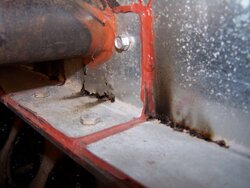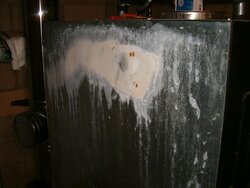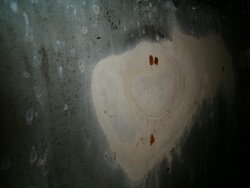sgschwend said:
Seems like no comment about the American Galvanized Association info.
It looks like it id won to two possibilities:
There isn't a true hot dipped galvanized coating,
or your environment is much more than hot air.
good luck
Steve, my guess would be poor galvanized material. The outside panels on my Seton do not get hot at all, even when its been cranking for a while. The literature states that the sides should be under 100F or so during operation, mine are just nice and warm, but definitely not what I would call hot. The door does get hot, but not the panels.
I am a bit concerned about my panels now tho also, because my 2 side panels have some chalky stains on them that won't wipe off. However, the chalky spots were there long before I put them on the stove. I had the panels sitting outside all summer under my woodshed so they were out of the weather. When I took them out to put the insulation on I noticed the chalky areas. They were only on the outside so I didn't give it a second thought, maybe I should have?
If they do rust out I'm going to change them to SS. In hindsight I think these panels should be SS rather than just galvanized anyway.


 for me
for me

